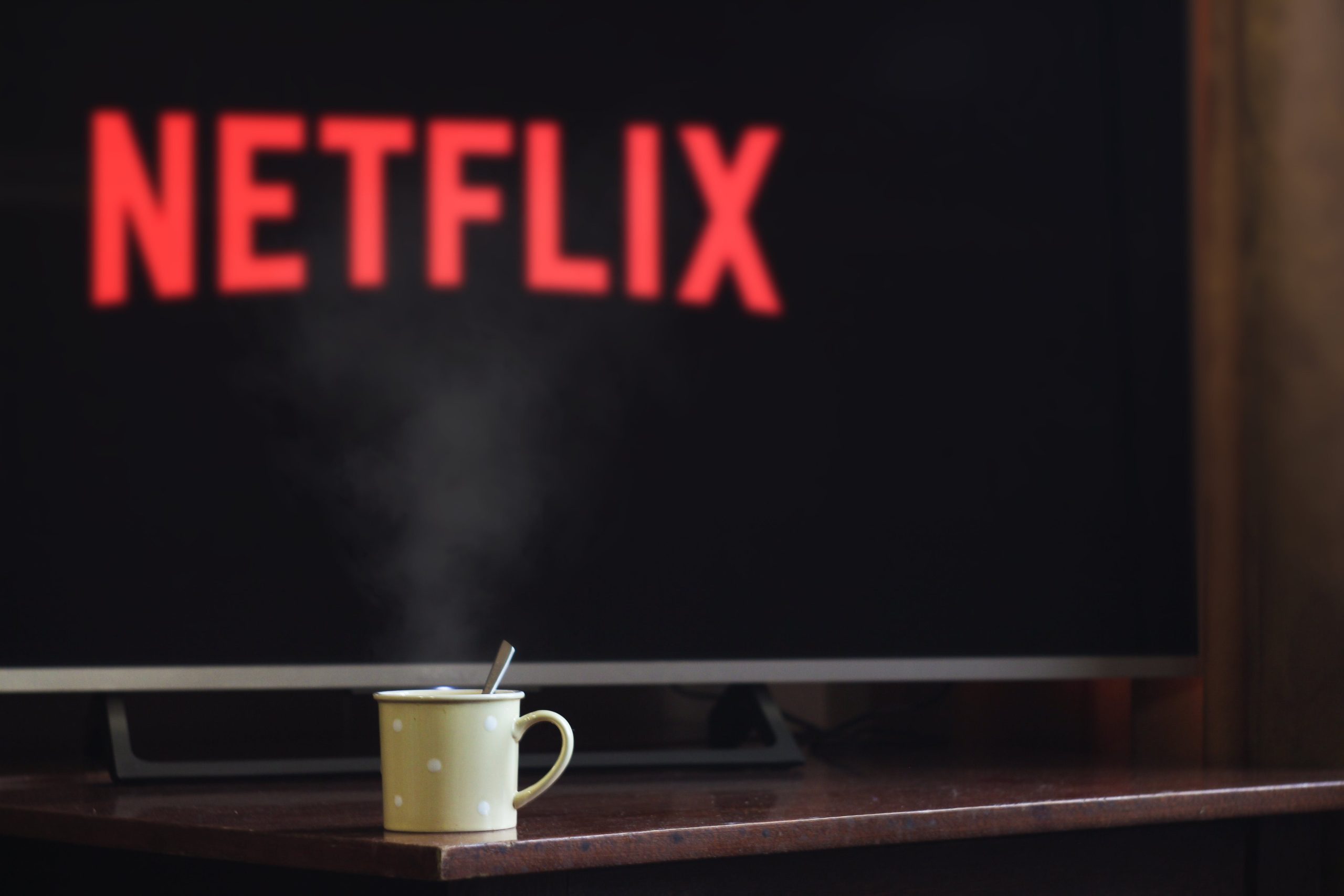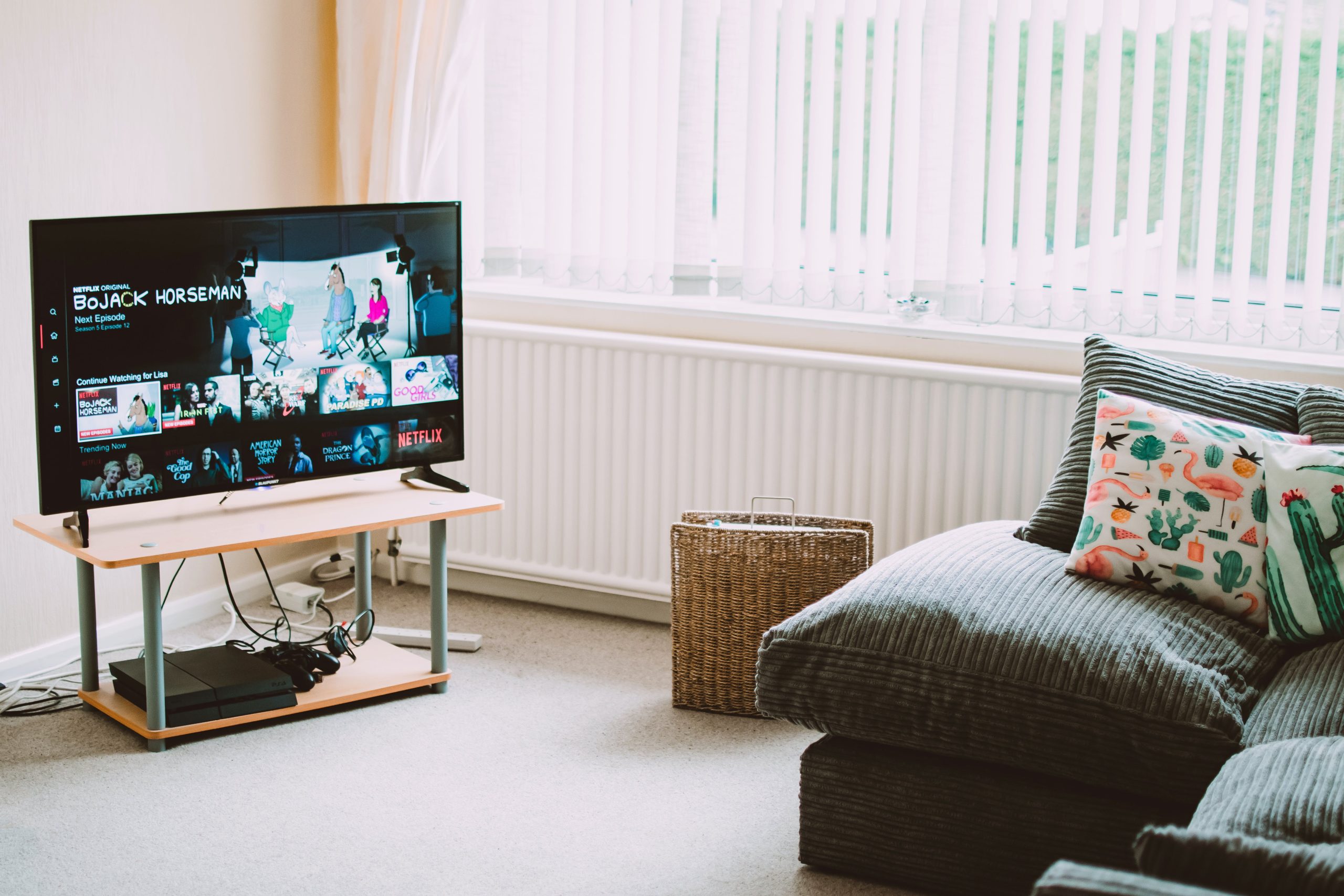If you have a non-smart TV, you might still want to enjoy the benefits of having online content and streaming services. Fortunately, you don’t need to buy a new TV to access these features. You can connect your non-smart TV to the internet and get the same benefits as a smart TV by using a streaming device like Chromecast, Roku, or Amazon Fire Stick. In this guide, we’ll explore how to connect your non-smart TV to the internet through a streaming device.
Connecting Non-Smart TV to the Internet through Streaming Devices
One of the simplest and most affordable ways to connect your non-smart TV to the internet is by using a streaming device. There are many options on the market, including Chromecast, Roku, and Amazon Fire Stick. These devices connect to your TV and allow you to access online content and streaming services. Before choosing a streaming device, you should identify your streaming preferences, such as which streaming services you want to access and how much you’re willing to spend.
Preparing the Streaming Device
Before you can use a streaming device, you need to prepare it for use. The first step is connecting it to your TV. Most streaming devices use an HDMI cable to connect to your TV. You’ll need to plug one end of the HDMI cable into your streaming device and the other into your TV. Then, connect the power cord to your streaming device and plug it into an electrical outlet.
Navigate to Network Settings
Once your streaming device is connected to your TV and has power, you need to navigate to its network settings. You can connect your streaming device to your internet through Wi-Fi or Ethernet cables. Using Wi-Fi is simple and doesn’t require a cable. However, Ethernet cables offer faster internet speeds and are more reliable.
Connect to Wi-Fi
If you choose to connect your streaming device to your Wi-Fi network, navigate to the device’s network settings, select “Wi-Fi,” and choose the network you want to connect to. You may need to enter the Wi-Fi password. Once you’ve connected to Wi-Fi, your streaming device is ready to stream content from your favorite online websites.
Linking the Device and the TV
After you’ve connected your streaming device to your internet, you’ll need to link it to your TV. To do this, you need to change your TV’s input channel to the HDMI port where you’ve connected your streaming device. Once you’ve set the right channel, you should see the home screen of the streaming device on your TV. This means that your device is successfully linked to your TV.
Setting Up Streaming Accounts
Now that your streaming device is connected and set up, it’s time to add your streaming accounts. Most streaming devices come with pre-installed apps like Netflix, Hulu, and Amazon Prime. If you have a subscription to one of these services, you need to download the app and log in. Once you’ve added your streaming accounts, you’re ready to start streaming content on your non-smart TV.
Testing the Connection
Before you start streaming content, it’s important to test your connection to make sure everything is working correctly. Navigate to the network settings on your streaming device and select “Test Connection.” If your connection is good, you should see a message letting you know that your streaming device is connected to the internet.
Troubleshooting
If you experience any issues while connecting your non-smart TV to the internet through a streaming device, there are some troubleshooting tips you can try. First, check if your Wi-Fi connection is strong. Second, ensure that your HDMI cable is connected correctly and securely. If you’re still having trouble, you can try resetting your streaming device or contacting customer support for help.
Conclusion
In conclusion, connecting a non-smart TV to the internet through a streaming device is an affordable and straightforward way to access online content and streaming services. By following the steps in this guide, you can connect your TV to the internet and start streaming your favorite content on your non-smart TV. With a streaming device, you get all the benefits of a smart TV without having to replace your old TV.


